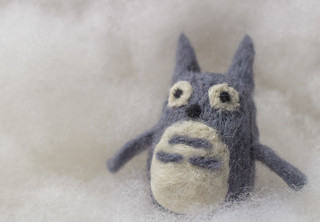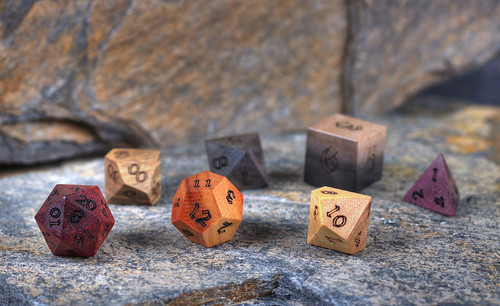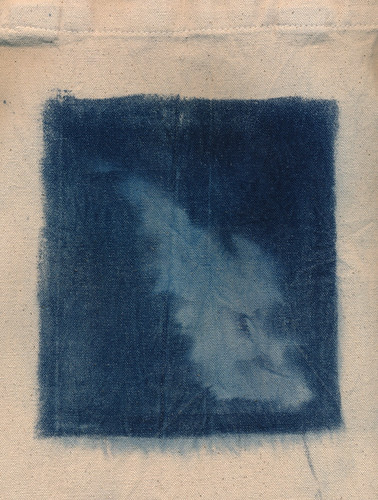Yeah, I took a bit of a break this week on account of Christmas. I've done virtually nothing photographic for several days, aside from teach my sister how to use her new Nikon D3000. That meant when Thursday rolled around, I had nothing to blog about. Honestly, even if I had, I was wiped out from Christmas anyway and wouldn't have gotten anything up. Friday, I cleaned up my studio and organized my collection of lumen papers and anthotype dyes. My parents gave me an awesome new collection of the cutest little tiny Mason Jars to keep dyes in. I'll have to take a day or so soon to label everything and transfer the really low-volume dyes (indigo, woad, spirulina, etc) to the tiny jars.
Anyway, all that. I still haven't made any new lumens or anthotypes. So, today, I'm dedicating my blog to Baron Samedi and hoping he doesn't decide it'd be funny for me to get run over by a car or something. We cool, Baron? Hope so. I don't have any tobacco or rum (I have bourbon?) to offer him, but I've got some nasty pennies laying around.
What's the blog going to be about today? Actually, it's going to be about
ideas. Cheap ones. Now, see, when I do actual photography-with-a-camera it's generally small object photography. Taking pictures of things I've made or found, mostly. Having a small studio space means I don't get too complex. I don't own a seamless. I make my backgrounds out of alternative resources. Today seems like a good day to talk about those.
 |
| Tiny felt turtle on a silk shirt |
Old shirts and pants make great backgrounds. I have about six pairs of jeans and dozens of shirts, especially shirts from my mother and sister that they don't wear anymore. If you don't have any handy fabric-loving family members, there's always thrift stores. Silk shirts are especially nice, since the back of the shirt provides a large, solid area to work with. They come in lots of colors and after being worn and cleaned several times, they tend to lose that ludicrously-shiny appearance that new silk can have.
Black velvet makes a great background because of the way velvet absorbs light. It throws back very little shine, even under intense light. This is great for jewelry or anything else bright and shiny, where you want the background to absolutely disappear. I imagine white velvet would work great, too, but I've never tried it. Velvet is kinda expensive, though. My solution? A thrift store in Atlanta back when I was visiting for SPESE. I grabbed a velvet slip, sliced it in half and now have about a square yard (it was a really small slip) of black velvet that cost me $2. Velvet at the fabric store can run upwards of $10/yard. Since I do mostly small objects, a square yard is more than enough for me, most of the time.
 |
| Tiny felt Totoro on Polyfill |
When I want a white background, I generally use a sheet of high-quality drawing paper like Stonehenge or Rives BFK. These papers are extremely matte and, like the velvet, throw back almost no shine or glare. They fold and bend easily, but won't ever ripple or drape like fabric. For a no-horizon seamless sweep, these nice papers are great. Plus you can roll them or store them in a sleeve. They're great! Very durable, too, and if they get dirty you can generally clean them with a decent-quality eraser.
I've also found that white polyfill (fluffy stuff used to fill stuffed animals or fluffy blankets) is a great background
and spacer material. You can light it from behind or underneath to get a real 'glowing cloud' effect. Plus it's very posable and supportive for light objects like jewelry and small textile crafts.
 |
| ArtisanDice polyhedrals on natural slate |
The title of this post, though, comes from one of my favorite backgrounds: slate. It's a great rock and it's very cheap. There's a little food mart / home store around here (Hillbilly Produce) that sells landscaping slate and I buy natural stones there for a few cents a pound. Generally I buy rocks maybe 1-2 feet in any direction, 1-2 inches thick. They have great texture and colors. Very subdued, but nice variations of blues, greys, browns, reds and oranges. If I want something flatter and maybe brighter colored, home improvement stores like Home Depot sell slate flagstone tiles for about $7 per pack of five square foot tiles. Or you can buy them individually if you just need one or two. Not only are the tiles great by themselves, they're great for using to 'extend' the natural rocks. You can put the tiles in the background and they blend in perfectly with the more textured stones, especially if you use a low depth of field. I like using slate when I want a more visually interesting background that will be complementary to my subject, but not detract. It's also great for wood, since it provides a nice contrast. It can be used to give things a vintage, rustic feel as well.
That's all for today folks! I might be back soon with an unscheduled entry, to make up for today's rambling craziness and the lack of holiday on-time-ness. But maybe not! With Grad School Applications looming, who knows?!










